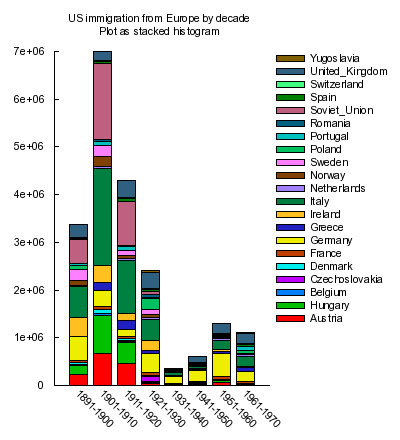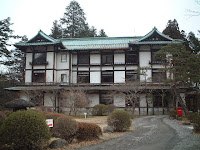"Nikko Is Nippon" is a campaign copy by the Nikko tourism board that is now very widely known in Japan.
Shrines and Temples of
Nikko is one of
World Heritages in Japan.
Among the shrines there,
Toshogu(東照宮) would be the most important one because it enshrines
Ieyasu Tokugawa, the founder of Edo Era in 1603 which lasted about 260 years peacefully. In a sense, he was the greatest
Shogun in Japanese history.
Compared to shrines and temples in
Kyoto and
Nara, you would find out that buildings of Nikko area are more colorful. This is, of course, because most of the buildings in Nikko are newer than those in Kyoto and Nara. Here, please do not think ones in Kyoto and Nara are more valuable, but they have just longer history. Actually, Kyoto and Nara buildings were also colorfully painted when they were built, and the colorfulness was new for Japanese people of those days.
BTW, Nikko is one of summer retreats in Japan, and it's March 12.
That means, "It's veeeeeeery cold!" :o
The below are some pictures I took there.
1) Yomei-Mon, Toshogu (陽明門, 東照宮)

The most famous gate in Nikko.
2) A sleeping cat

This cat carving is made by a famous sculptor,
Jingoro Hidari.
It's said to be a gurdian of the tomb of Ieyasu Tokugawa.
But, I'm not sure a SLEEPING cat can really be a guardian. :o
3)The famous three monkeys

"Mi-zaru, Iwa-zaru, Kika-zaru"
Here, 'zaru' is an euphoric change of 'saru', a monkey in Japanese.
As you can see in the picture, they put their hands on ther eyes, mouse and ears. Thus, the above three 'zaru (or saru, monkey)' mean "Don't see, Don't say, Don't hear" in Japanese.
In a sense, it expresses common way of thinking of (poor) traditional Japanese people.
4) A pathway from Toshogu to
Futarasan Shrine 
It's like an example of law of perspective in a fine art textbook.
As for Furatasan Shrine,
this bridge is also famous.
5) A storange public telephone box

I saw this telephone box along the main street of Nikko.
BTW, why a train car? :o


































